 Many years ago I lived in Bermuda for a college semester. There were 15 of us learning how to be marine biologists while living at the Bermuda Biological Station for Research. For two months we studied, we dived, we snorkeled, we spent hours bent over equipment in the laboratory searching for microscopic parasites. Fun was had by all.
Many years ago I lived in Bermuda for a college semester. There were 15 of us learning how to be marine biologists while living at the Bermuda Biological Station for Research. For two months we studied, we dived, we snorkeled, we spent hours bent over equipment in the laboratory searching for microscopic parasites. Fun was had by all.
As my old classmates responded to my recent “Barracuda of Walsingham Bay” post on Hot White Snow I realized that there are a million stories to tell. I also realized that those stories fit better here on Science Traveler. So along with other science traveling stories I’ll be reconstructing those Bermuda experiences.
To catch everyone up on the story, the following were two I posted on my creative writing blog, Hot White Snow. Click on the titles to read the full articles. I’ll follow with more on a regular basis. Who knows; some day it might make a good book.
Each of us were required to do a field research project of our own design. Mine was to examine the epibiota on mangrove roots in Walsingham Pond, with a comparison site in Walsingham Bay. I gathered data by snorkeling around both locations and writing my findings on waterproof tablets (the plasticized paper kind, long before iPad-type tablets). A barracuda full of teeth and curiosity followed me around the Bay. It was unnerving, and yet at the same time exhilarating. [Read more]
Our main mode of transportation around the island was by small motor scooters called moped. While seemingly innocuous, they played central roles in several incidents, including one that makes my knee throb to this day. One day after a light rain we set out on a research expedition that turned out to be more eventful than we anticipated. This is why. [Read more]
I’ll have a lot more on our time in Bermuda. There are many stories about the science, but also many about a bunch of college kids in a semi-tropical island (think “The Real World” before MTV), and even more stories of love and intrigue.
I hope that my colleagues on that trip – Pat Arszyla, Mark Blake, Mike Calabrese, Ed Carver, Ken Foote, Eric Henderson, Joan Kwiatkoski, Sandy Mazzo, Pat Piccirilli, Nancy Rigotty, Sue Schurman, George Skalski, CeCe Spinella, Pablo Vigliano; our professors Dr. Bob Singletary and Dr. Dean Christanson; and Bermuda Biological Station Director Wolfgang Sterrer and other instructors – will enjoy the memories. I’ve had the privilege to reconnect with some of them after all these years. If anyone has kept in touch with those I haven’t, I would appreciate getting reintroduced.
[A quick note about the photo. It was taken a few years after Bermuda while I worked as a marine biologist with the National Marine Fisheries Service at Sandy Hook, NJ. I was tagging flounder on a cold winter’s day. It was a good day to be a marine biologist, just before the laboratory burned to the ground. But, that’s another story.]
David J. Kent is an avid science traveler and the author of Lincoln: The Man Who Saved America, now available. His previous books include Tesla: The Wizard of Electricity and Edison: The Inventor of the Modern World (both Fall River Press). He has also written two e-books: Nikola Tesla: Renewable Energy Ahead of Its Time and Abraham Lincoln and Nikola Tesla: Connected by Fate.
Check out my Goodreads author page. While you’re at it, “Like” my Facebook author page for more updates!
Follow me by subscribing by email on the home page. Share with your friends using the buttons below.
[Daily Post]
Like this:
Like Loading...




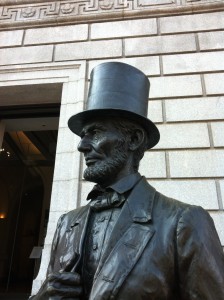

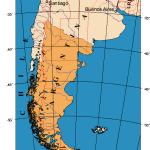 Patagonia is one of the most diverse geographies on Earth. It encompasses the lower end of South America, mostly in Argentina but also spanning Chile. As such it touches on two coastlines – the Atlantic on the Argentinian east and the Pacific on the Chilean west. The area goes from the high Andes, to the low scrubland plains, the large lake filled northwest, glaciers in the southwest, and coastlines of the southeast. Animals range from the ostrich-like choiques (CHOY-kas) and camel-like guanacos (WAN-a-coes) to snakes and penguins. Yes, penguins.
Patagonia is one of the most diverse geographies on Earth. It encompasses the lower end of South America, mostly in Argentina but also spanning Chile. As such it touches on two coastlines – the Atlantic on the Argentinian east and the Pacific on the Chilean west. The area goes from the high Andes, to the low scrubland plains, the large lake filled northwest, glaciers in the southwest, and coastlines of the southeast. Animals range from the ostrich-like choiques (CHOY-kas) and camel-like guanacos (WAN-a-coes) to snakes and penguins. Yes, penguins.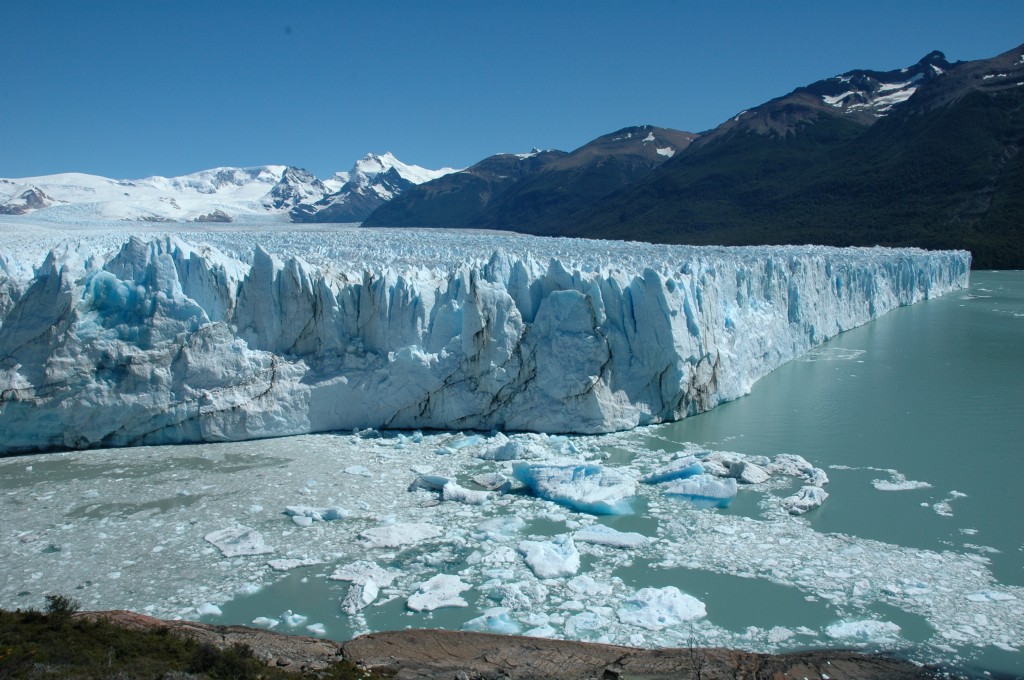
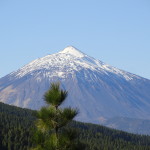 The road to Tenerife is paved with four inches of snow. At least, that was the case for this trip. So while the warmth of the largest Canary Island waited off the coast of Morocco, my plane sat in the Brussels airport buried in snowflakes. At first it seemed just a minor delay – only a half hour waiting for the bus to take us to the Airbus A320. Brussels had seen snow before, I reminded myself, and this didn’t seem like that much. The snow coming in on the train was
The road to Tenerife is paved with four inches of snow. At least, that was the case for this trip. So while the warmth of the largest Canary Island waited off the coast of Morocco, my plane sat in the Brussels airport buried in snowflakes. At first it seemed just a minor delay – only a half hour waiting for the bus to take us to the Airbus A320. Brussels had seen snow before, I reminded myself, and this didn’t seem like that much. The snow coming in on the train was 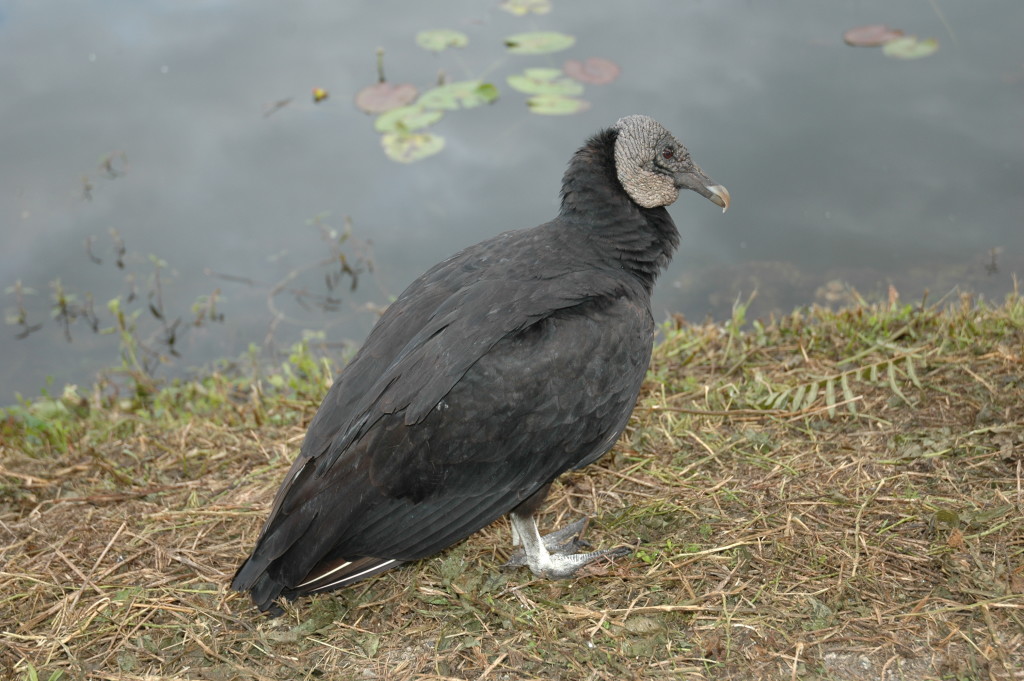
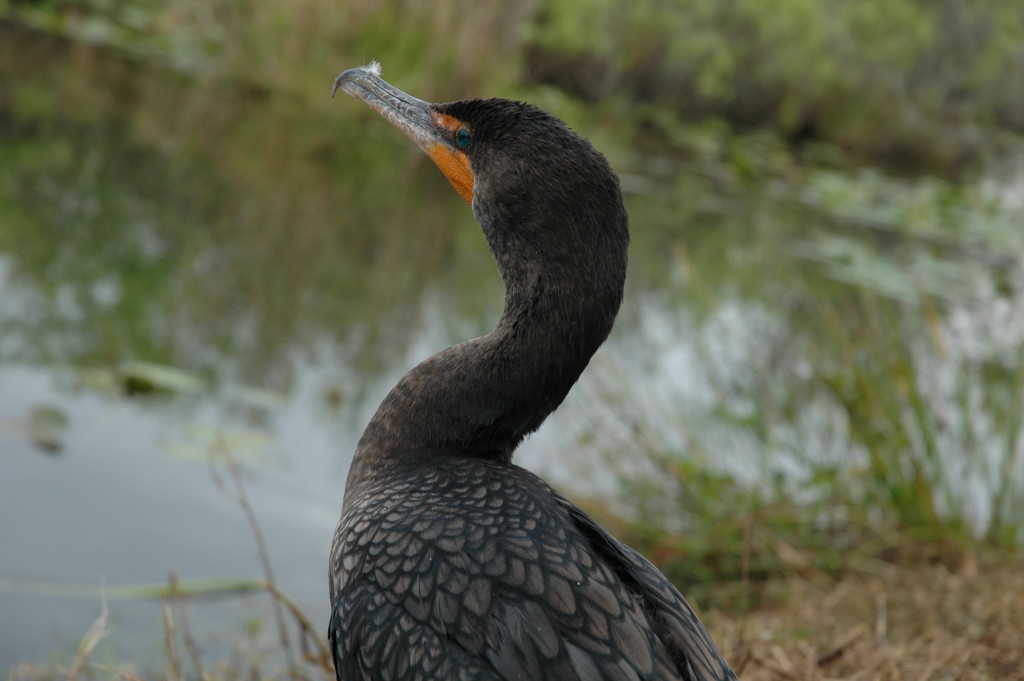
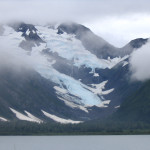 It’s been a big week in climate change, in more ways than one. This is especially true for President Obama. First he went to New Orleans, and then he spent several days in Alaska. That’s a big deal for climate communication.
It’s been a big week in climate change, in more ways than one. This is especially true for President Obama. First he went to New Orleans, and then he spent several days in Alaska. That’s a big deal for climate communication. Many years ago I lived in Bermuda for a college semester. There were 15 of us learning how to be marine biologists while living at the Bermuda Biological Station for Research. For two months we studied, we dived, we snorkeled, we spent hours bent over equipment in the laboratory searching for microscopic parasites. Fun was had by all.
Many years ago I lived in Bermuda for a college semester. There were 15 of us learning how to be marine biologists while living at the Bermuda Biological Station for Research. For two months we studied, we dived, we snorkeled, we spent hours bent over equipment in the laboratory searching for microscopic parasites. Fun was had by all.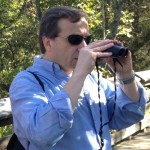 A year ago I wrote some
A year ago I wrote some 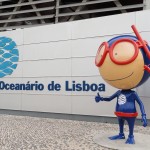
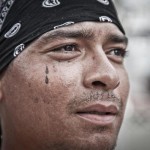 This poem (yes, a poem) was a big departure for me. Not only do I not write a lot of poetry (the reason for which may or may not become obvious), I tackled the difficult and serious topic provoking the “Black Lives Matter” movement. This was a response to a writing prompt. [
This poem (yes, a poem) was a big departure for me. Not only do I not write a lot of poetry (the reason for which may or may not become obvious), I tackled the difficult and serious topic provoking the “Black Lives Matter” movement. This was a response to a writing prompt. [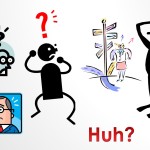 I can’t read half of my Facebook posts. As I scroll through my feed I come across such a diversity of languages it appears Facebook is randomizing its database of world users.
I can’t read half of my Facebook posts. As I scroll through my feed I come across such a diversity of languages it appears Facebook is randomizing its database of world users. I’m writing this to take a break from throwing out my life. For more than three decades I worked as a scientist, mostly for various consulting firms in New Jersey and Washington, D.C. About two years ago I resigned from my last employer to become a writer. Part of me held out the option of going back into consulting if the writing gig wasn’t going to work. That part has moved on; it’s the writing life for me.
I’m writing this to take a break from throwing out my life. For more than three decades I worked as a scientist, mostly for various consulting firms in New Jersey and Washington, D.C. About two years ago I resigned from my last employer to become a writer. Part of me held out the option of going back into consulting if the writing gig wasn’t going to work. That part has moved on; it’s the writing life for me.






